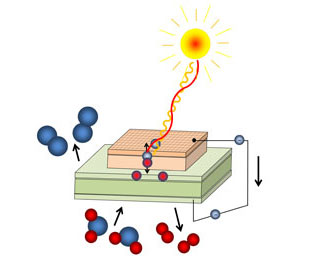![]() The Bill & Melinda Gates Foundation has been fighting the good fight on many fronts over the years, including poverty, women’s equality, and of course, energy.
The Bill & Melinda Gates Foundation has been fighting the good fight on many fronts over the years, including poverty, women’s equality, and of course, energy.
In their 2016 annual letter, the private foundation looked at the issue of access to energy. According to Bill Gates, 1.3 billion people – or 18 percent of the world’s population – live without electricity to light their homes.
Energy crisis
Many energy trouble areas exist in sub-Saharan Africa, where 7 out of 10 people live in the dark. The same problems exist in parts of Asia and India where more than 300 million people lack access to electricity.
There are still many parts of the world that have yet to reap the benefits of Thomas Edison’s incandescent light bulb.
But it’s not just about light. Energy allows better medical care through functioning hospitals, greater educational efforts through functioning schools, and even more food through the powering of agricultural devices.
Renewable energy revolution
Not only is the provision of energy to all people essential, but the research into finding a clean, efficient way to do so is also crucial. ECS members and scientists across the globe are currently making effort to combat climate change, which is consequentially poised to hit the world’s poor the hardest.


 The U.S. Department of Energy recently released a new series of posters illuminating a new generation of sustainable energy and green jobs. The series is reminiscent of the famous imagery created for the Works Progress Administration, only this time, the images depict a renewable energy revolution.
The U.S. Department of Energy recently released a new series of posters illuminating a new generation of sustainable energy and green jobs. The series is reminiscent of the famous imagery created for the Works Progress Administration, only this time, the images depict a renewable energy revolution.


